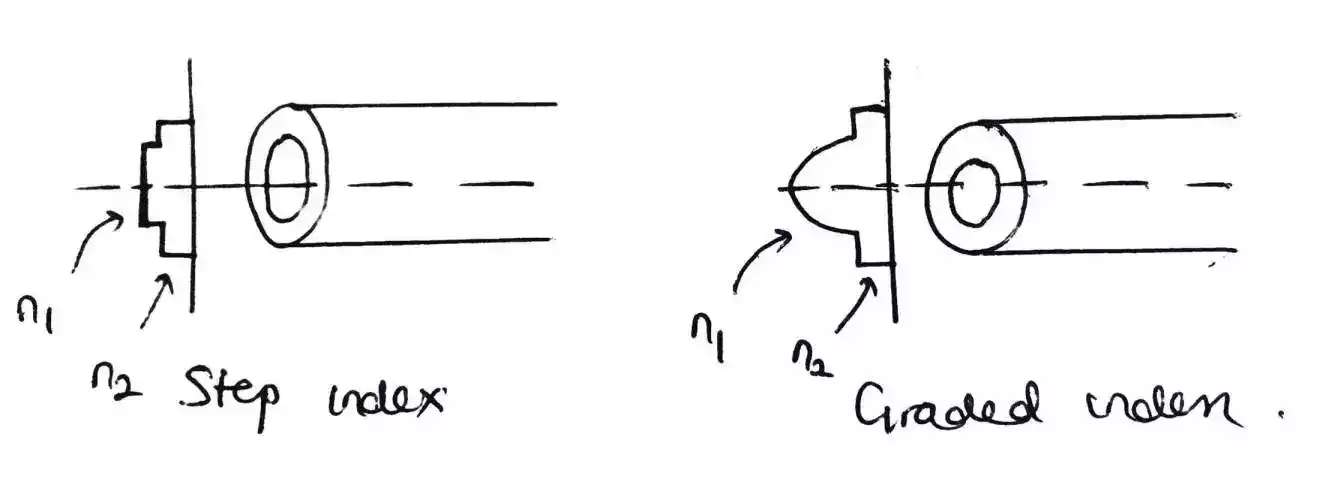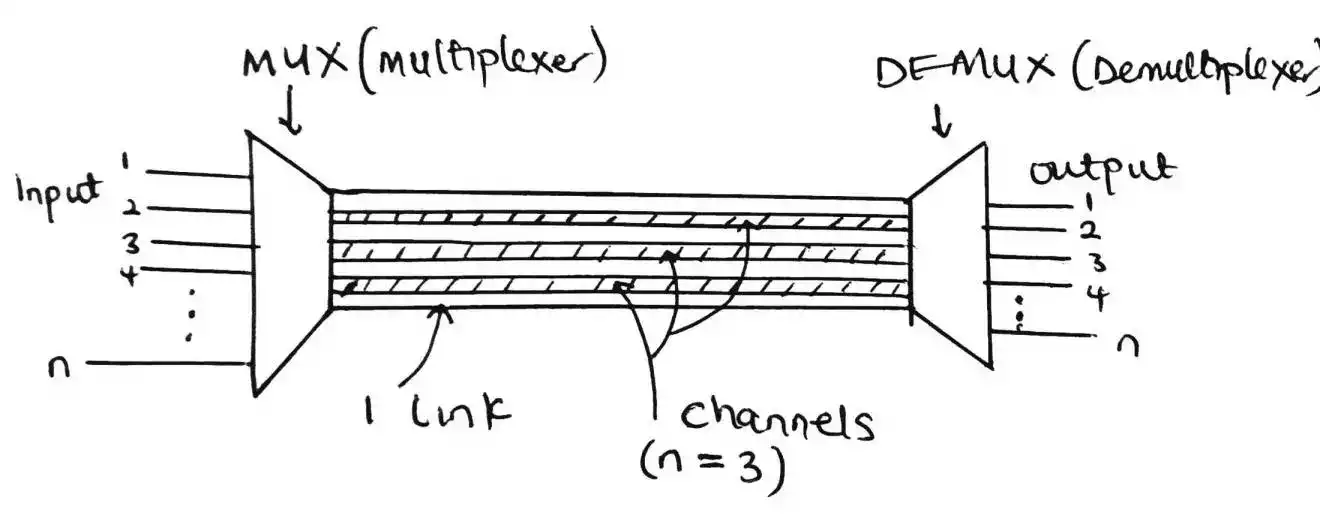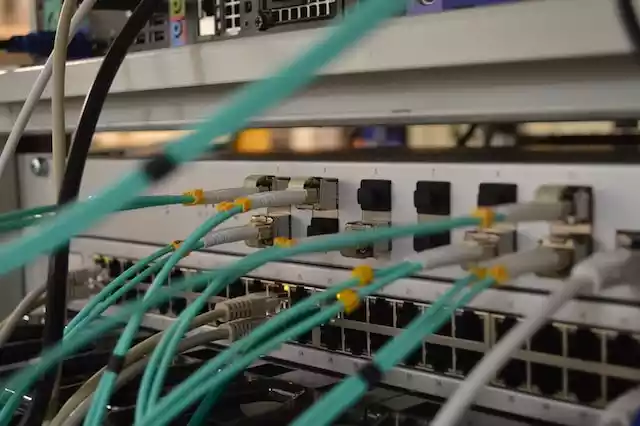What are the features of WiMAX?
Table of Contents
What is WiMAX?
WiMAX, which stands for Worldwide Interoperability for Microwave Access, is a broadband wireless technology that provides high-speed internet access over a wide range.
It is based on the IEEE 802.16 standards and is designed for both fixed and mobile applications.
Key features of WiMAX
1. Broad coverage
One of the standout features of WiMAX is its impressive coverage capability, extending up to 30 miles (approx. 50 kilometers).
This extensive reach makes WiMAX particularly suitable for rural areas and underserved regions, where traditional connectivity options may fall short.
The ability to bridge the digital divide is a key strength, positioning WiMAX as a reliable solution for communities that need robust internet access.
2. High data rates
WiMAX boasts high data rates, reaching up to 75 Mbps. This speed is comparable to wired broadband connections, providing users with a seamless and swift internet experience.
Whether for streaming high-definition content, engaging in online gaming, or conducting business operations, WiMAX delivers on the promise of high-speed connectivity without the constraints of physical cables.
3. Non-line-of-sight (NLOS) operation
Another key feature or advantage of WiMAX is its ability to operate in Non-Line-of-Sight (NLOS) environments.
This means that WiMAX can maintain connectivity even in areas where there is no direct line of sight between the transmitting and receiving ends.
This flexibility opens up possibilities for connectivity in urban landscapes and areas with geographical challenges, further enhancing its usability.
4. Quality of service (QoS)
WiMAX supports Quality of Service (QoS), an important feature that prioritizes bandwidth allocation for real-time applications.
This ensures that services like voice and video streaming receive the necessary bandwidth, guaranteeing a seamless and uninterrupted user experience.
The emphasis on QoS positions WiMAX as a reliable choice for applications demanding consistent and high-quality internet connectivity.
5. Security
WiMAX supports strong encryption and authentication protocols to protect user data.
6. Scalability
WiMAX can be easily scaled to accommodate a growing number of users.
Disadvantages of WiMAX
1. Limited adoption: WiMAX has not been as widely adopted as other wireless technologies, such as Wi-Fi and LTE.
2. Interference: WiMAX can be susceptible to interference from other wireless technologies, such as Wi-Fi and cordless phones.
3. Cost: WiMAX equipment can be more expensive than equipment for other wireless technologies.
Applications of WiMAX
1. Broadband internet access: WiMAX can be used to provide broadband internet access to homes, businesses, and schools.
2. Mobile broadband: WiMAX can be used to provide mobile broadband internet access to laptops, smartphones, and other devices.
3. Voice over IP (VoIP): WiMAX can be used to provide VoIP services, allowing users to make and receive phone calls over the internet.
4. Video surveillance: WiMAX can be used to provide video surveillance services, allowing businesses and organizations to monitor their premises remotely.
5. Wireless backhaul: WiMAX can be used to provide wireless backhaul for cellular networks, extending coverage to areas where it is impractical or expensive to lay fiber optic cables.
FAQs
1. What is the coverage range of WiMAX technology?
WiMAX technology can provide coverage up to 30 miles (approx. 50 kilometers), making it an ideal solution for both rural and underserved areas.
2. How does WiMAX ensure security for user data?
WiMAX incorporates strong encryption and authentication protocols to protect user data during transmission, ensuring a secure online experience.
3. Can WiMAX operate in areas with no direct line of sight?
Yes, WiMAX is designed to operate in Non-Line-of-Sight (NLOS) environments, meaning it can provide connectivity even in areas where there is no direct line of sight between the transmitter and receiver.
4. What are the advantages of WiMAX over other wireless technologies?
WiMAX offers wide coverage, high data rates comparable to wired broadband, Non-Line-of-Sight operation, support for Quality of Service (QoS), and scalability, making it a versatile choice for various applications.
5. What challenges does WiMAX face in terms of adoption?
WiMAX has not been as widely adopted as Wi-Fi and LTE. Challenges include limited universal acceptance, susceptibility to interference from other wireless technologies, and potential cost considerations associated with equipment.





